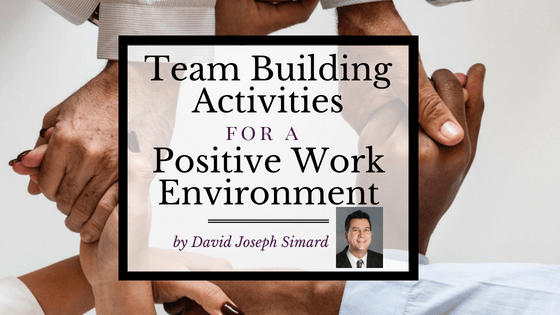When you hear “team building,” you might imagine a cringe worthy day filled with trust falls and wasted time. Actually, team building can be one of the best investments you make if it’s done correctly.
Here are a few ideas to make your workplace a more cohesive, enjoyable environment.
Off-Site Activities
Whether you take your team out for an extended lunch break or end the day a bit early to have a picnic at your local park, mixing food and good company is a recipe for success. Paying for the food will be well-worth the benefits of building your team’s positive energy. You should just be cognizant of any allergies or dietary restrictions before planning.
A casual lunch or outing gives your team the ability to chat about whatever they choose, which can strengthen your team bond. If your team is made of many different departments who don’t interact regularly, it could especially help with long-term communication between all employees.
If you sense that an informal event wouldn’t suit your office, plan a scavenger hunt, volunteer opportunity, mentor group, game night, etc.
Make Team Building a Long-Term Effort
One reason team building can fall flat is the attitude people have toward it. If you’re treating team building as a one-time activity, it will soon be forgotten. This means the positive effects are short-lived. Instead, try to keep the excitement going through regular engagement and interaction.
A possible idea is to facilitate a weekly/monthly standing meeting, or “huddle”. This is a short activity where your team can come together for casual, work-related discussion. You could all share highs and lows of the week, discuss stress levels and find solutions, or even share goals for the future. The best activity will vary based on each office and team.
By doing an activity on a regular basis, it can also help new employees to adapt to their new work environment and meet more co-workers than they would otherwise.
Evaluation
After implementing team-building activities, you might wonder if they’re actually working. If you notice more laughter, casual banter and collaboration among employees, that is a great sign. You can also examine employee productivity to see if there is any improvement. For a more formal evaluation, you could send out a survey to collect feedback and ideas from your team.
When your employees are happy and feel connected with others in the office, they’ll be less likely to seek other employment and more likely to recommend the job to others. When the entire office is dedicated to building a cohesive team environment, the possibilities are endless.


